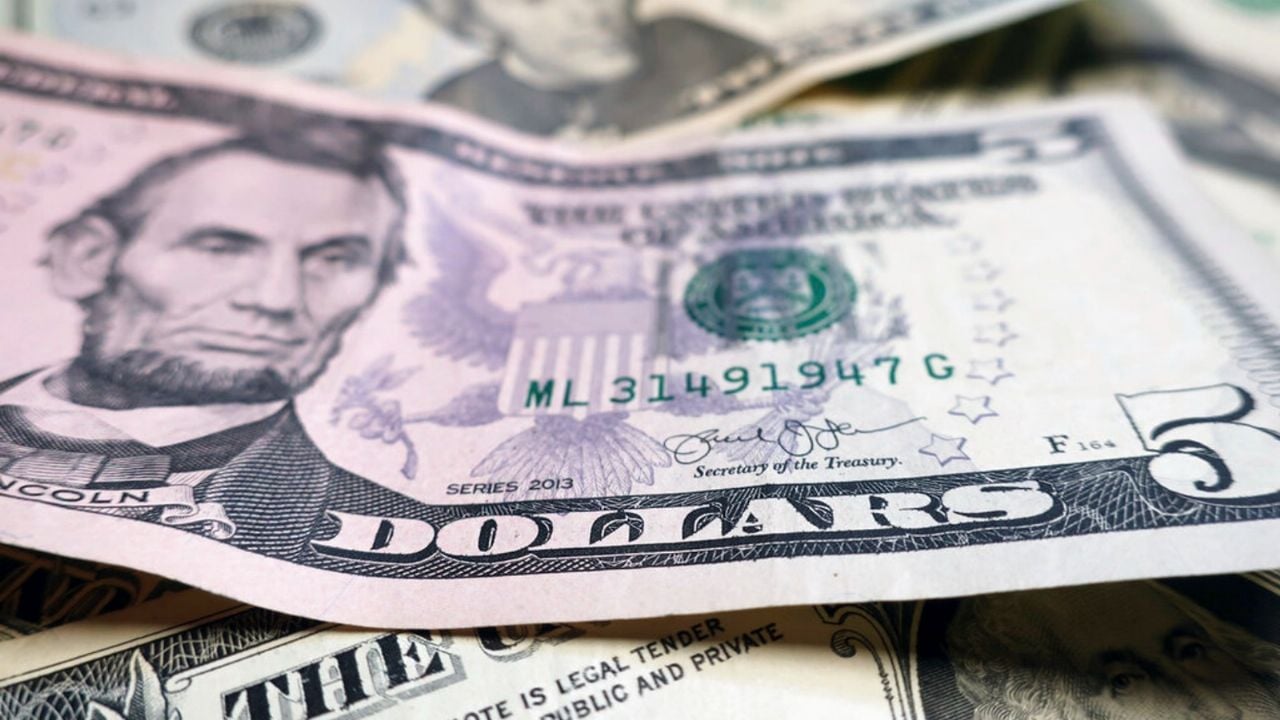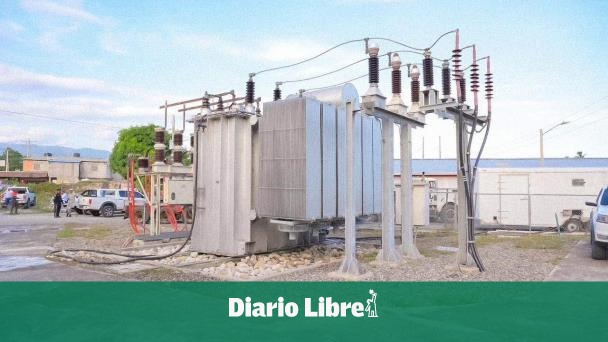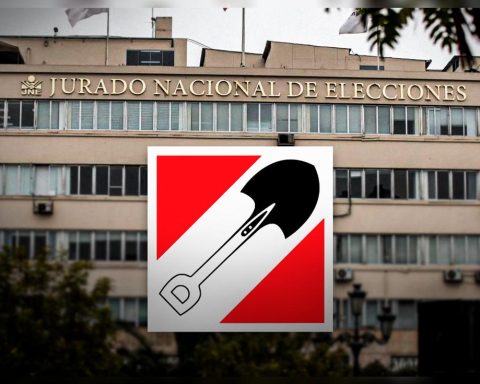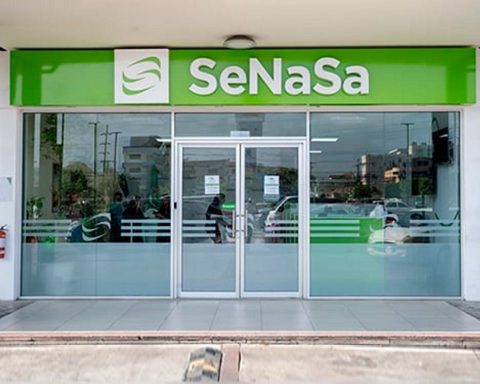The quote of the dollar In recent days, the exchange rate once again reflected the volatility and economic tensions that characterize the country. On this date, the blue dollar, known for being the parallel and informal exchange rate, closed at $1,245 for sale.
On the other hand, the dollar The official rate, which is the exchange rate regulated by the Central Bank of the Argentine Republic (BCRA), was quoted at $985.50 for sale on the screens of Banco Nación. The significant difference between the blue dollar and the official dollar is a reflection of economic uncertainty and the lack of confidence in government policies.
This gap, which stood at approximately 26.4%, is an indicator of inflationary pressure and demand for dollars in the informal market. The Argentine economy has been grappling with high levels of inflation, fiscal deficit and a considerable external debt, factors that contribute to exchange rate instability.
This Wednesday, September 25, he dollar The blue dollar is quoted at $1225 for purchase and $1245 for sale. Meanwhile, the official dollar is quoted, in these first hours of the day, at $942 for purchase and $982 for sale..

Fountain: Dollar Today.
The Argentine government has implemented several measures to try to control the dollar exchange rate and reduce the exchange rate gap. These measures include: Restrictions on the purchase of dollars by individuals and companies. Sale of international reserves to stabilize the exchange rate. Policies to increase exports and generate income in dollars.
In the short term, volatility in the price of the dollar continue due to economic and political uncertainty. In the long term, exchange rate stabilization will require structural reforms that address the underlying problems of the Argentine economy, such as inflation, fiscal deficit and external debt.

Tensions
Confidence in institutions and government policies will be essential to attract investment and stabilize the exchange market. The exchange rate of the dollar blue and official these days reflects the economic tensions and challenges facing the country.
The significant gap between the two exchange rates is an indicator of uncertainty and lack of confidence in economic policies. To achieve long-term stability, structural reforms will be necessary and confidence in government institutions and policies will need to be built.Meanwhile, exchange rate volatility will remain a distinctive feature of the Argentine economy.
Follow us on Google News and on our channel Instagramto continue enjoying the latest news and our best content.
















